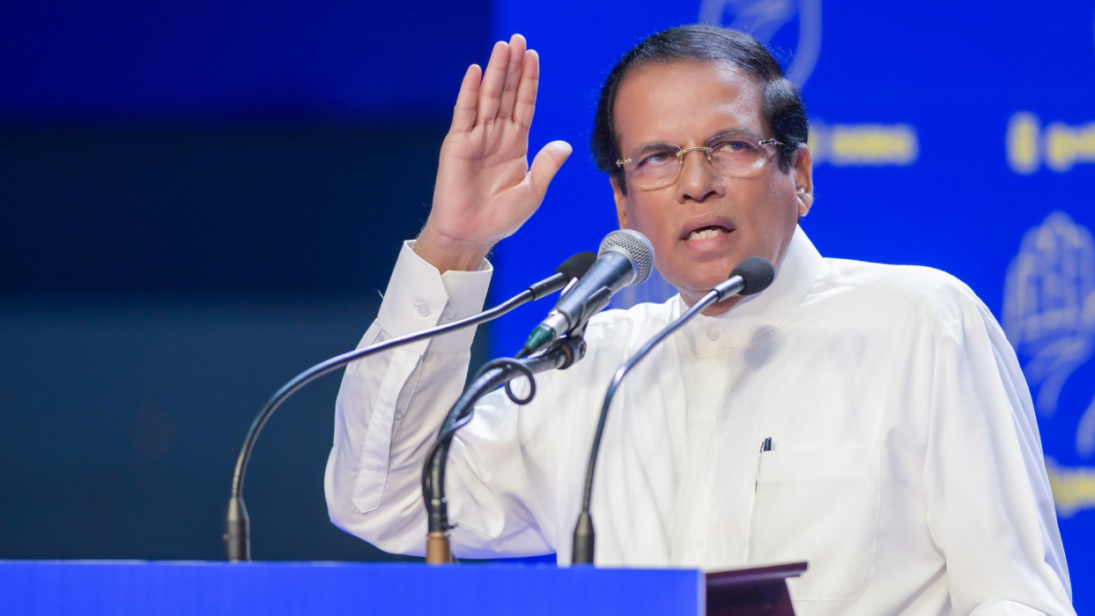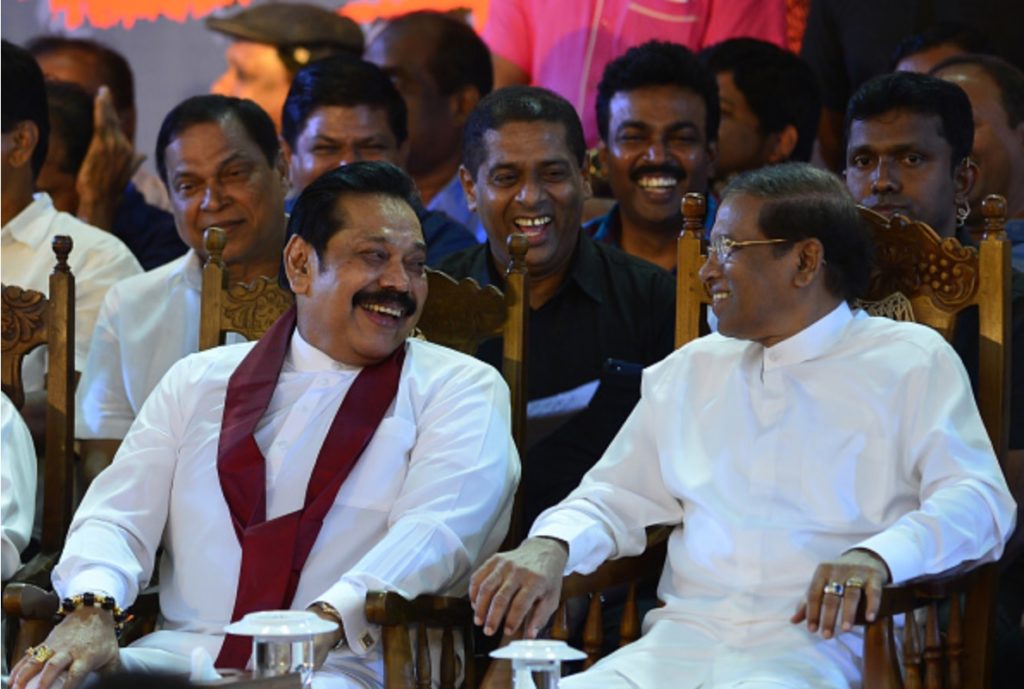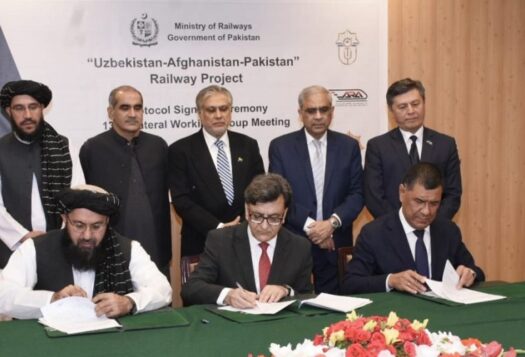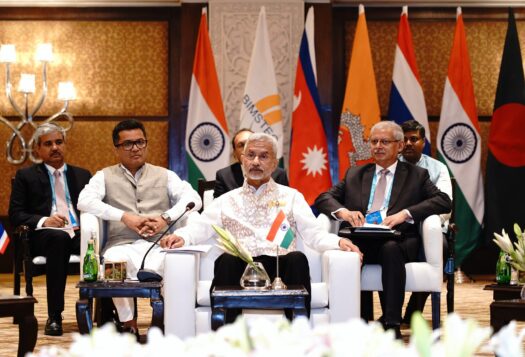
The collapse of the coalition government, leading to a constitutional crisis, highlighted a year marred by uncertainty for Sri Lankan politics and economics. While some economic reforms were put in motion and gains were made on the macroeconomic front during the first two-thirds of the year, the country largely remained stagnant due to disagreements within the ruling coalition. The events of October 26 upended the political and economic spheres of Sri Lanka. While the situation has stabilized somewhat since the reappointment of a Prime Minister and a functional cabinet of ministers, rifts between the President and the Prime Minister, along with impending elections, are likely to cause continued instability into the new year. This article provides a recap of the year with an emphasis on key economic and political developments during 2018 and briefly discusses potential outcomes in 2019.
Modest Economic Gains
On the macroeconomic front, several economic reforms such as the Inland Revenue Act introduced under IMF guidance in the previous year came into effect in 2018. Facing twin deficits—a fiscal deficit along with a balance of payments deficit—the Sri Lankan government introduced the Inland Revenue Act to reduce loopholes in taxation and streamline government revenue generation. Its passage and implementation along with other policy reforms such as the Foreign Exchange Act of 2017 has helped continue improving the country’s macroeconomic indices. These gains were further complemented the signing of the Singapore-Sri Lanka Free Trade Agreement (SSLFTA) in January 2018, which was expected to improve the country’s competitiveness as a viable destination for FDI. It is important to note, however, that amidst signing the agreement himself, President Maithripala Sirisena has since criticized the FTA and threatened to suspend it. Realistically, it is unlikely that the agreement will be suspended unilaterally. Yet, other FTAs being negotiated, namely with India, China, and Thailand, are likely to be put on hold as the political appetite for free trade agreements have diminished.
Amidst macroeconomic gains, Sri Lanka’s economic growth trajectory remains underwhelming and continues to be below 4 percent. This has occurred due to a combination of slowing domestic demand, reduced government expenditure in order to manage its deficit, tightening monetary policy, and political upheaval during the final quarter of the year.
Meanwhile, the debt burden continues to exert economic and political pressures as well. Sri Lanka is tasked with fulfilling its highest debt repayment obligations since independence between 2019 and 2022. Therefore, the policy space for government impetus in stimulating growth is narrow as well. In addition, the government has relied on debt-to-equity swaps to ease the debt repayment burden, which has resulted in controversial decisions such as that to lease the Hambantota Sea Port on a 99 year lease through a joint venture between the Sri Lanka Ports Authority and a Chinese company.
Political Crisis
The coalition of the two main political parties in the country (the United People’s Freedom Alliance and the United National Party) was effectively a marriage of convenience, rather than choice. Unified by the common objective of opposing former President Mahinda Rajapaksa, the two parties under the leadership of President Sirisena and Prime Minister Ranil Wickremesinghe were unable to find common ground on many socio-economic and political issues. As a result, policymaking lacked a clear direction and often led to contradictory actions. Dissatisfaction among the populace with the slow pace of governance combined with the re-emergence of Rajapaksa, demonstrated through the dominant victory of his newly formed political party in local elections, intensified political uncertainty in the country.

While the collapse of the coalition government was perhaps inevitable, the events that occurred on October 26 and beyond surprised many. The country was plunged into a constitutional crisis for 50 days with the removal of Prime Minister Wickremesinghe and the appointment of former President Rajapaksa as his replacement by President Sirisena, amidst the absence of a parliamentary majority in favor of the latter. Since then, the President’s decision to dissolve parliament and hold parliamentary elections was found to be unconstitutional by the nation’s Supreme Court. In the absence of a viable alternative and the steadfast position of the UNP—who were capable of demonstrating a majority in parliament for Wickremesinghe—the President has since backtracked on his previous position to resign rather than appoint Wickremesinghe. While the reappointment of Wickremesinghe as Prime Minister has ended the constitutional crisis, the uncertainty regarding the future of the country continues to exist.
Critically, Sri Lanka’s regional partners, namely India and China have been careful in not publicly endorsing either party’s actions and rather relied on broad statements endorsing democratic processes and the conclusion of the uncertainty.
The Unknown Future
Given the continuing impasse between President Sirisena and Prime Minister Wickremesinghe, the current uncertainty is likely to persist and dominate the political and economic landscape. The parliament is in discussions to abolish the executive powers of the Presidency, which if passed would lead to an eventual referendum and fresh parliamentary elections. Concurrently, some politicians have also called for the impeachment of President Sirisena, while former President Rajapaksa and his supporters continue to call for immediate parliamentary elections.
The likelihood of a national election (parliamentary or presidential) is low during the first half of 2019. Given that the current Presidential term ends in January 2020, the potential for Presidential polls to be held towards the end of 2019, however, is much higher. As such, the focus will be on whether President Sirisena decides to run for re-election, amidst his pledge to be a one-term President during his inauguration, and whom the UNP proposes as its candidate. Provincial Council elections, on the other hand, are likely to occur during the first half of 2019 and will be a litmus test for Sirisena, Wickremesinghe, and Rajapaksha to ascertain the impact of the constitutional crisis on the electorate. The expectation is that what was assumed to be a sweeping victory for Rajapaksha in future elections will likely be much closer with the UNP base reenergised as a result of events during the past three months. Reported opposition from Sirisena’s supporters in the Sri Lanka Freedom Party (SLFP) to form a coalition with Rajapaksha’s newly formed Sri Lanka Podujana Peramuna (SLPP) for upcoming elections will further complicate electoral outcomes.
The perception of uncertainty on the political front is likely to impact Sri Lanka’s economic prospects as well. Firstly, given the potential for drastic policy changes over the next year or so, the private sector, both foreign and local, is likely to be more risk averse with their investments. This will lead to a continuation of subpar economic growth. At the same time, the country’s economy should continue its fiscal stabilisation programme—although, this may change under electoral pressures as the government is incentivised to make populist choices. Furthermore, Sri Lanka will be servicing debt obligations amounting to 5.9 billion US dollars, including dollar denominated domestic debt. Notably, debt repayment was made even more challenging by the downgrade of Sri Lanka’s credit rating during the constitutional crisis.
Looking ahead to 2019, therefore, Sri Lanka will face a challenging year with many unknowns. Impending elections, a facetious short-term political truce, and a challenging economic environment will likely lead to few meaningful policy outcomes. As such, Sri Lanka’s political and economic partners abroad, especially in the region, will likely remain cautious regarding the country’s progress over the next year as well. However, while 2019 is likely to be dominated by uncertainty, one would hope that towards the end of the year and potentially early 2020, the outcomes of elections and politically manoeuvring now would result in some clarity and hope for progress in the future.
Views expressed here are the author’s own and should not be attributed to any organization or institute with which he is affiliated.
Editor’s Note: SAV contributors from India, Pakistan, Afghanistan, Bangladesh, Nepal, and Sri Lanka look back at 2018, reflecting on significant political and economic developments in the subcontinent and assessing what these events may foretell about 2019. Read the series here.
***
Image 1: Maithripala Sirisena via Twitter


